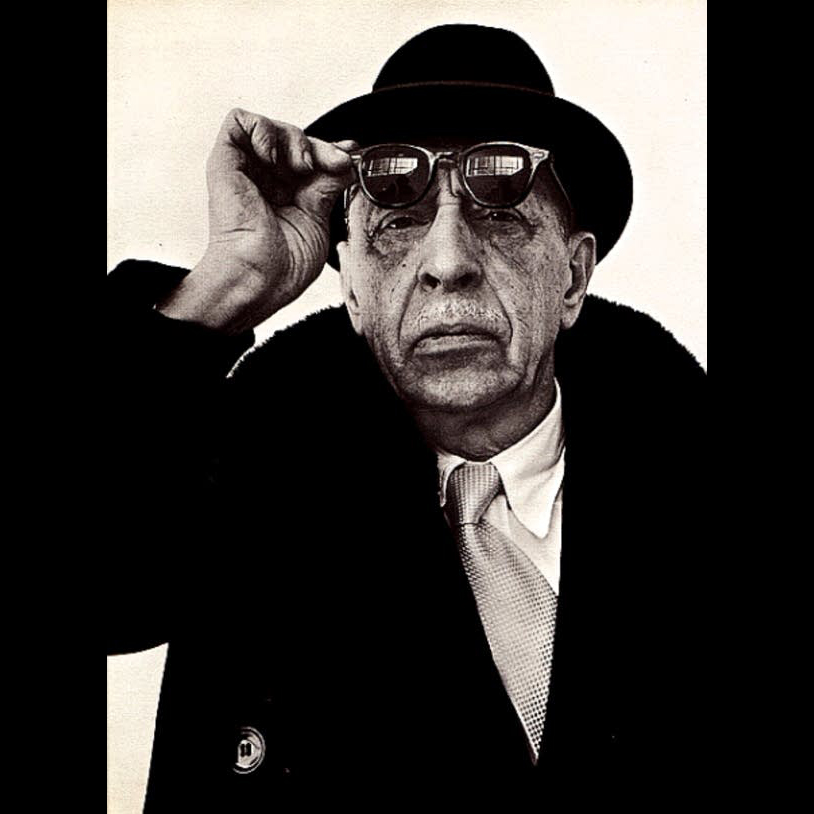So, I’ve been on a personal mission to get back in touch with classical music. This doesn’t normally apply to the popular music covered by WKNC, but for the next few weeks I’ll be sharing some musical history that might interest you, even if classical music isn’t really your thing. The subject in question is experimental music, and how it came to be the way it is.
To begin, let’s talk about what these two genres are, and what they have to do with each other. Experimental music is a loosely defined genre of popular music that features unusual or unconventional elements in a way that will be challenging but accessible for a general audience. The related to interchangeable term “avant-garde” means basically the same thing, but is generally less accessible and more out there.
“Classical music,” while it is a term with a technical meaning among musicians and academics, has come to be a catch all term for written music from the European tradition prior to World War II. This typically includes music composed for orchestra, piano, solo stringed instruments, and ensembles.
These two genres seem to be at opposite ends of the spectrum. One is rigid, formal, and based in traditional Eurocentric traditions, while the other is defined by experimentation and challenges to rules and has often been embraced by those in the margins. However, this has not always been the case. Most classical musicians today pull from an era known as the “Common repertoire,” while includes everything from Bach to Debussy (roughly 1580-1910), and is generally conservative in taste and inoffensive. However, orchestra and piano composers didn’t just stop writing music after 1910.
After 1910, classical music started getting really weird. Unmarketably weird, and while you might not recognize many songs from this era, the influence of 20th century classical on experimental rock, jazz, metal, and by extension mainstream pop, is massive. Noise, atonality, drone, synthesizers, many of these innovations have some roots in this era. Additionally, many famous indie musicians including the Velvet Underground, Pharoah Sanders, and the Sonic Youth have backgrounds in 20th-century classical music. So, it’s worth taking a look at this era to see what popular music borrowed and what it added.
[Also, I just bought a book on this topic and I feel like I need to justify that purchase somehow.]
I’ll be back in a few weeks to discuss modernism, but if you want some light previews of what’s to come, here’s some recommendations from modern day backwards:
- Lingua Ignota- Caligula; contemporary music fusing classical back with noise
- Glenn Branca- The Ascension; an interesting touchstone for noise rock and alt rock
- Steve Reich- It’s gonna rain; an early use of electronic tapes in composition
- Terry Reily- In C; a pretty famous piece of minimalism, precursor to synthesizer music
- Elaine Radigue- Trilogy de la Mort: early inspiration of drone music
- Karlheinz Stockhausen- a Young Person’s Guide to Music; the definitive precursor to noise

